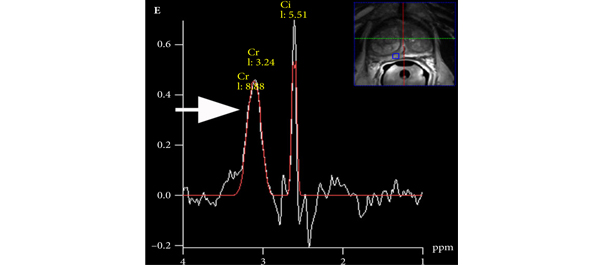
Editorial: Multiparametric MRI in active surveillance – time to rethink our current strategy?
Active surveillance for low-risk prostate cancer is gaining increasing acceptance. Indeed, many would argue that it is now the primary management strategy for men who have little to gain from radical therapy but who may incur some harms. However, active surveillance is far from a perfect pathway. First, many men and their physicians find it unacceptable to not treat a known cancer. Second, the burden of follow-up with clinical examinations and serum PSA testing on both men and healthcare systems…
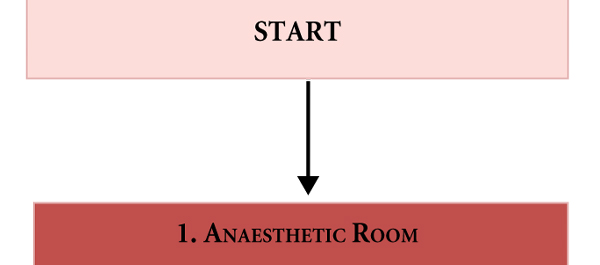
Article of the week: Surgical safety checklist for robotic surgery
2 Comments
/
Every week the Editor-in-Chief selects the Article of the Week from the current issue of BJUI. The abstract is reproduced below and you can click on the button to read the full article, which is freely available to all readers for at least 30 days from the time of this post.
In addition to the article itself, there is an accompanying editorial written by a prominent member of the urological community. This blog is intended to provoke comment and discussion and we invite you to use the comment…
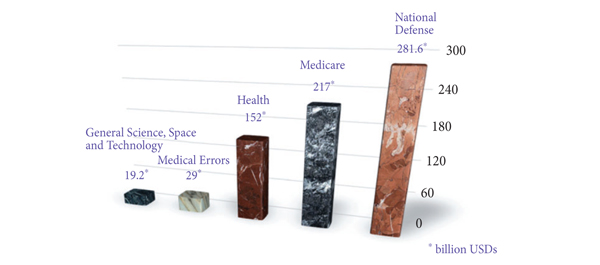
Editorial: Sergeant, do you copy?
In the Institute of Medicine report published in 1999, it was estimated that 44 000–98 000 patients died annually from preventable medical errors. It was further reported that the annual burden on economy due to preventable medical errors was anywhere between 17–29 billion American dollars. In the USA federal budget 2000–2001, the entire federal resources devoted to general science, space and technology was 19.2 billion American dollars: ≈10 billion less than the cost of medical…
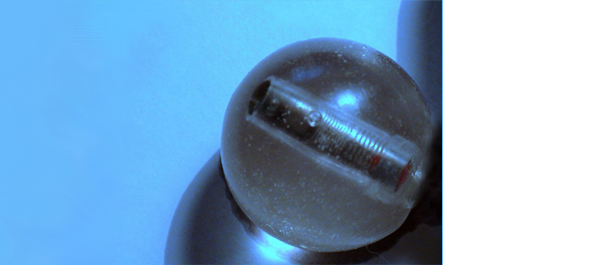
Article of the week: Preventing biofilm in wireless capsule bladder endoscopy
Every week the Editor-in-Chief selects the Article of the Week from the current issue of BJUI. The abstract is reproduced below and you can click on the button to read the full article, which is freely available to all readers for at least 30 days from the time of this post.
In addition to the article itself, there is an accompanying editorial written by a prominent member of the urological community. This blog is intended to provoke comment and discussion and we invite you to use the comment…
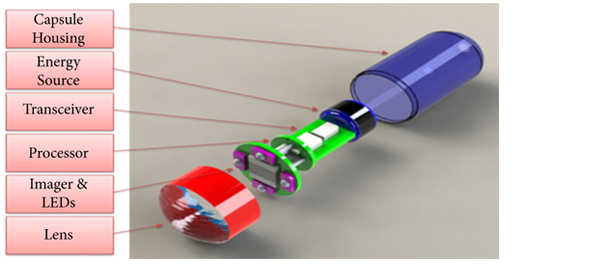
Editorial: A promising solution for biofilm inhibition in the bladder, but is the application of wireless capsule cystoscopy practical?
The study by Neheman et al. follows up on an idea first proposed in 2009 by Gettman and Swain to adapt wireless capsule endoscopy (WCE) technology for cystoscopy. Unlike the gastrointestinal tract where the small bowel is not endoscopically accessible making WCE appealing and advantageous, the idea of wireless capsule cystoscopy (WCC) competes with a minor procedure, office cystoscopy, that does not require anaesthesia or sedation and takes only a few minutes to perform. Furthermore, although…
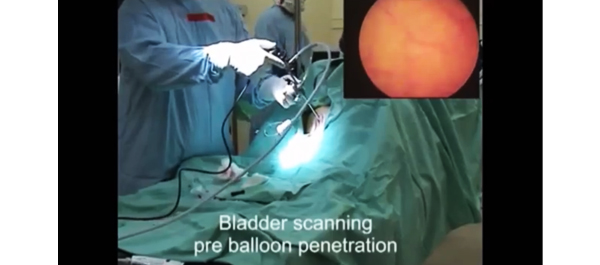
Video: In-Vivo Trials in Sheep
Novel anti-biofilm mechanism for wireless capsule endoscopy in the urinary tract: preliminary study in a sheep model
Amos Neheman*†, Claude Schulman‡ and Ofer Yossepowitch†§
*Urology Department, Meir Medical Center, Kfar-Saba, †Sackler School of Medicine, Tel-Aviv University, Tel-Aviv, Israel, ‡Department of Urology, University of Brussels, Brussels, Belgium, and §Institute of Urology, Rabin Medical Center, Beilinson, Petah Tikva, Israel
OBJECTIVE
•…
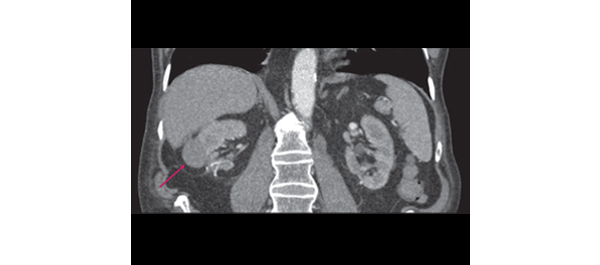
Article of the week: Repeat RAPN: Feasibility and early outcomes
Every week the Editor-in-Chief selects the Article of the Week from the current issue of BJUI. The abstract is reproduced below and you can click on the button to read the full article, which is freely available to all readers for at least 30 days from the time of this post.
In addition to the article itself, there is an accompanying editorial written by a prominent member of the urological community. This blog is intended to provoke comment and discussion and we invite you to use the comment…
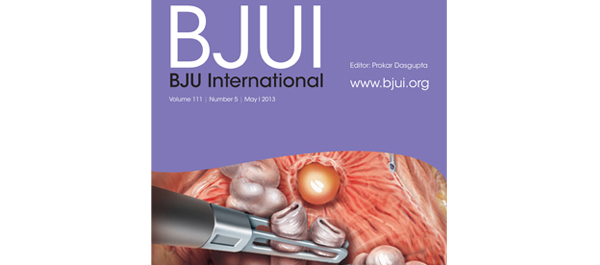
Editorial: Robot-assisted partial nephrectomy in patients with recurrent disease: fiction or fact?
In recent decades, the detection of small renal masses (SRMs) has steadily increased with an accompanying shift of treatment towards partial nephrectomy (PN). Indications for PN have successfully expanded to more challenging cases, and robot-assisted PN (RAPN), in particular, has attracted increasing attention (BJUI, Eur Urol); however, despite excellent cure rates for PN, parallel to the increasing number of patients with SRMs undergoing PN, cases of ipsilateral recurrence after PN are also expected…

Article of the week: ADT increases fracture in high-risk men
Every week the Editor-in-Chief selects the Article of the Week from the current issue of BJUI. The abstract is reproduced below and you can click on the button to read the full article, which is freely available to all readers for at least 30 days from the time of this post.
In addition to the article itself, there is an accompanying editorial written by a prominent member of the urological community. This blog is intended to provoke comment and discussion and we invite you to use the comment…

Editorial: Androgen deprivation therapy: further confirmation of known harms
Androgen deprivation therapy (ADT) has been an established and effective treatment for men with asymptomatic metastatic prostate cancer for decades. Randomized trials have shown significant survival benefits when ADT is used, coupled with radiotherapy, for patients with locally advanced disease; however it is often used in patients where the benefits are less clear, such as for a rising serum PSA level after radical prostatectomy, and among patients who elect to take a more conservative approach…
